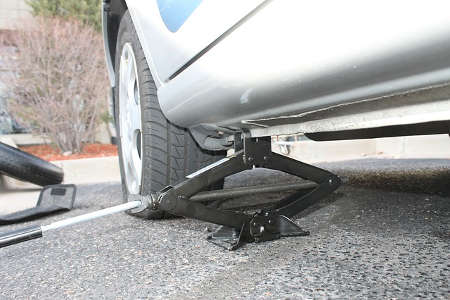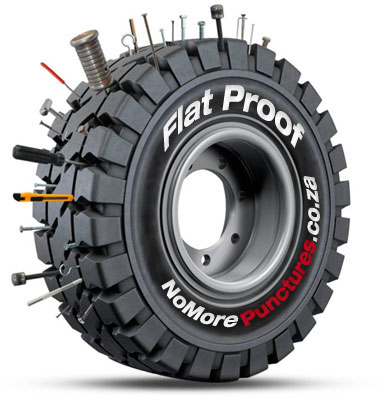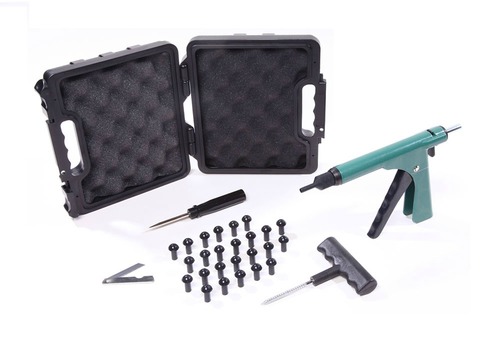Changing the tyre on your car is a fundamental life skill that is too often overlooked. A very simple process that is completed in a matter of minutes when done methodically. An invaluable life skill when you need it the most. Take the time to read and familiarise yourself with the process and you will never have to flag or call for help again.
Technology such as run flat tyres, TPMS (tyre pressure monitoring systems) and puncture resistant materials have improved safety with a result of not having to change a tyre in an emergency situation. This should not prevent someone from understanding the process as it’s always better to be safe than sorry. Human knowledge will prevail over technology and one day it will come in handy


